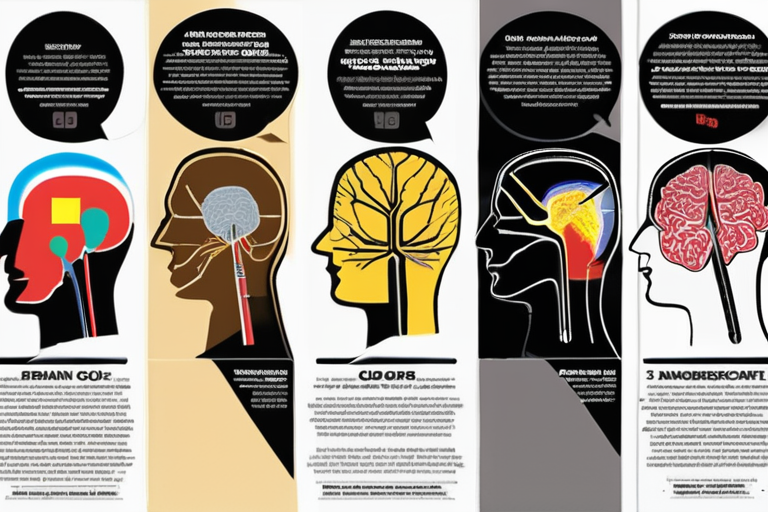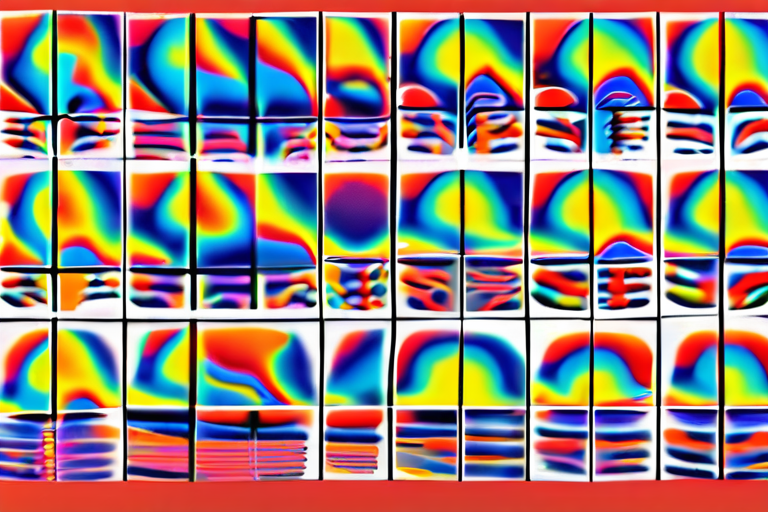Brain's "Swivel" Ability Debunked: Humans Can Focus on Sounds from Any Direction


Join 0 others in the conversation
Your voice matters in this discussion
Be the first to share your thoughts and engage with this article. Your perspective matters!
Discover articles from our community

 Hoppi
Hoppi

 Hoppi
Hoppi

 Hoppi
Hoppi

 Hoppi
Hoppi

 Hoppi
Hoppi

 Hoppi
Hoppi

Brain's "Swiveling" Ability to Focus on Sounds from Different Directions Revealed A groundbreaking study has shed light on the human …

Hoppi

Babies' Brains 'Tick' More Slowly Than Ours, Which May Help Them Learn A recent study has found that babies' brains …

Hoppi

Is My Red Your Red? Neuroscience Has an Answer A groundbreaking study published in the journal Nature has revealed that …

Hoppi

The Search for Consciousness: Unraveling the Mysteries of Mind Imagine being unable to respond to your loved ones, trapped in …

Hoppi

Landmark Study Charts Brain-Wide Map of Decision-Making in Mice In a groundbreaking collaboration across 22 labs, neuroscientists have created the …

Hoppi

Is My Red Your Red? Neuroscience Has an Answer A groundbreaking study has revealed that our brains process colors in …

Hoppi